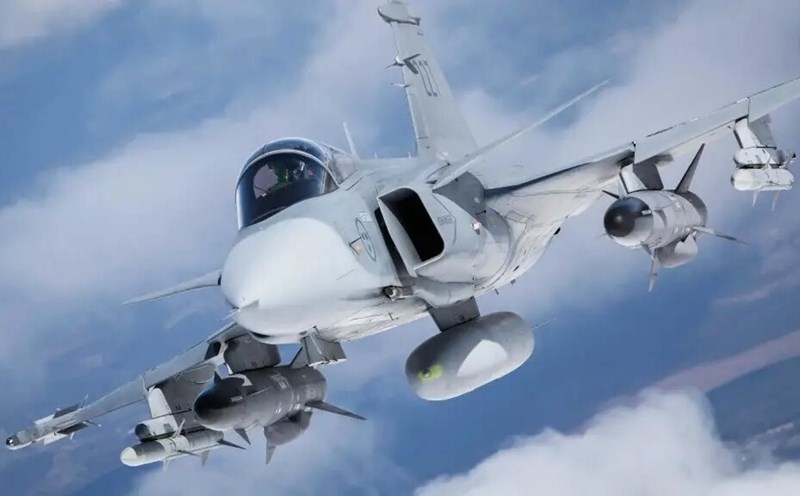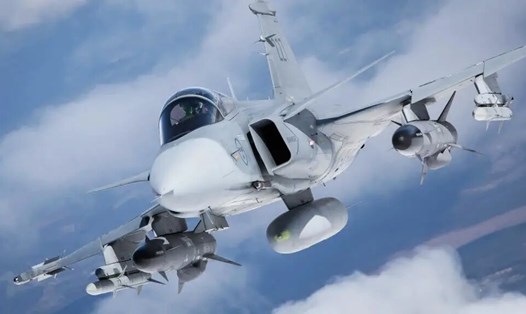Sweden, the newest member of NATO, is increasing its support to Ukraine on many fronts. In addition to signing a Protocol to provide up to 150 Gripen fighter jets per week, the country is sharing a unique tool: Glimt online crowd-based forecasting platform.
Launched by the Swedish Defence Research Agency (FOI) earlier this year, Glimt is an open platform based on the theory of "crowd expectations". This method makes predictions by surveying a large and diverse group of users, then getting average results.
This theory believes that the average outcome of all collected predictions will produce surprisingly accurate results. According to Glimt, this type of "crowd intelligence" is now used for everything, from predicting election results to harsh weather phenomena.
Ivar Ekman, an analyst at FOI and director of the Glimt program, said they had proposed the method to Ukraine. "If you have a large group, you can achieve high accuracy in evaluating future events. Research has shown that professional analysts are not necessarily better suited than others in this field," he said.
Group-based forecasting allows widespread information collection while avoiding the phenomena of cognitive bias commonly seen in traditional intelligence agencies.
Each predictor will collect and analyze the information in their own way to come up with the most feasible scenario, and can explain their own reasons. The platform also encourages discussions between members so they can compare arguments and change their views.
Currently available in Swedish, French and English, the platform has 20,000 registered users; each question attracts an average of 500 forecasters. Their predictions are then included in statistical algorithms to compare data. The most trusted users will have a stronger impact on the final result.
Notably, Glimt's questions about the future of the conflict in Ukraine were raised by the Ukrainian intelligence agency itself. For example:
Will Zelensky and Putin meet in 2025? (10% probability).
Will the Tomahawk missile be sent to Ukraine before February 1, 2026? (opposite 25% probability).
Other questions are related to the economic consequences of the conflict, the possibility of Russia taking full control of the Donetsk region next summer, or the results of the 2026 parliamentary election in Hungary.
"The questions usually range from a few weeks to a year. Therefore, this data is designed to be useful for Ukraine's daily decisions," Mr. Ekman said, but also emphasizing that how Kiev uses this data is a sensitive issue.
Glimt reflects growing interest in predictive tools since the Russia-Ukraine conflict. However, it is not a crystal ball, but just a supporting tool. Ukraine's future remains uncertain, especially in the face of policy changes from the US.











